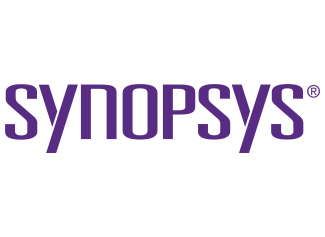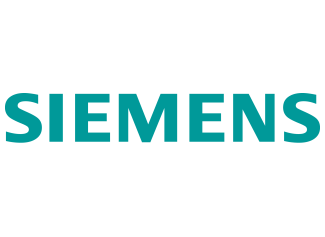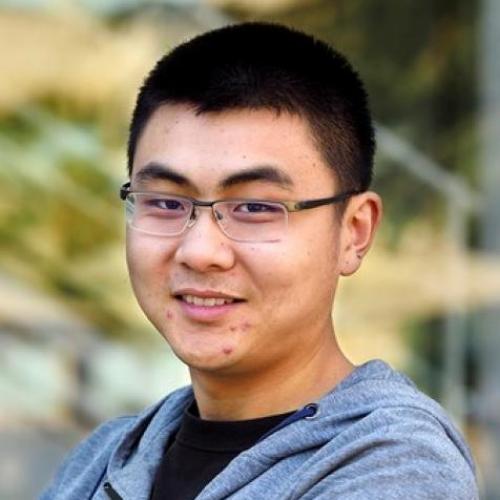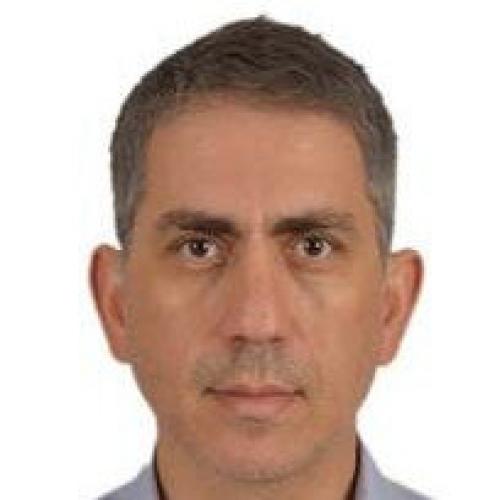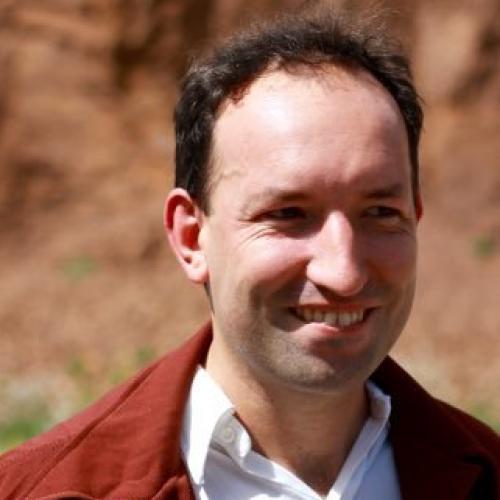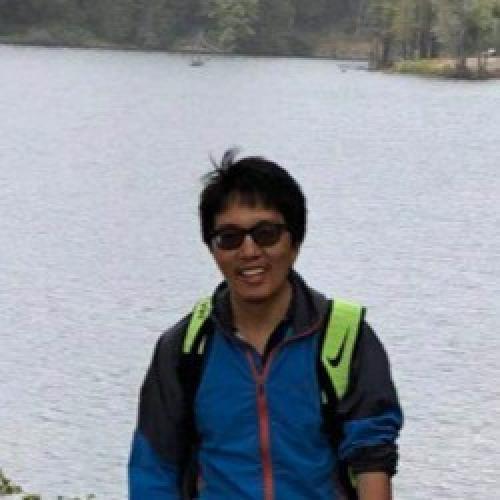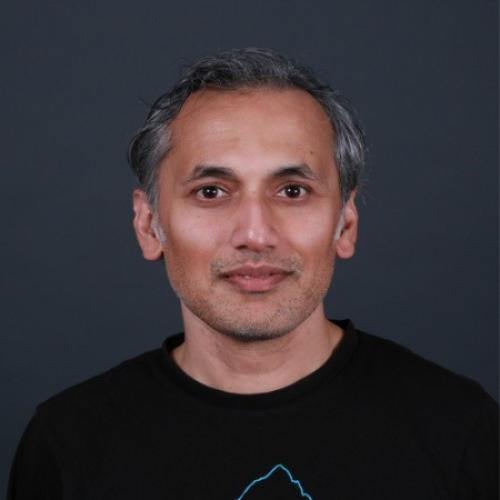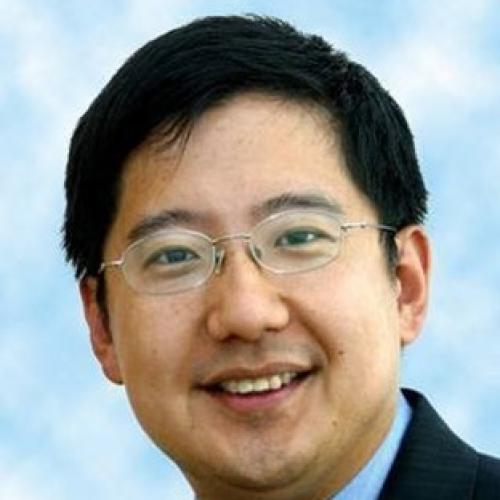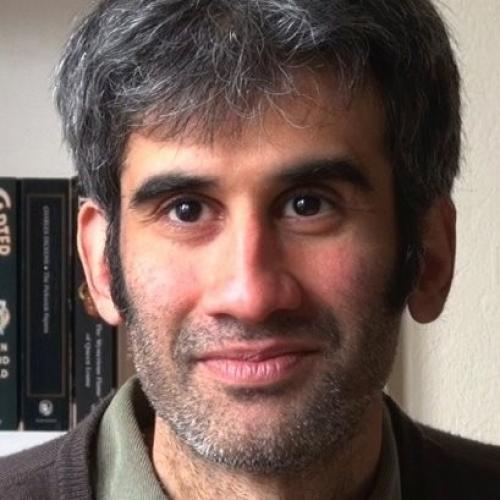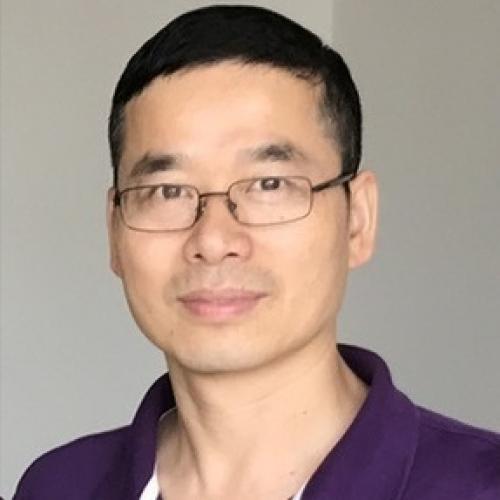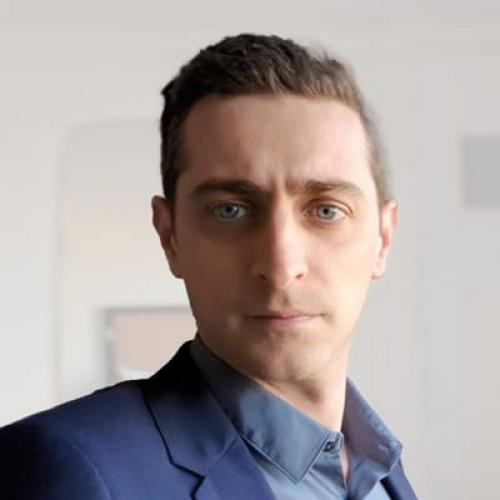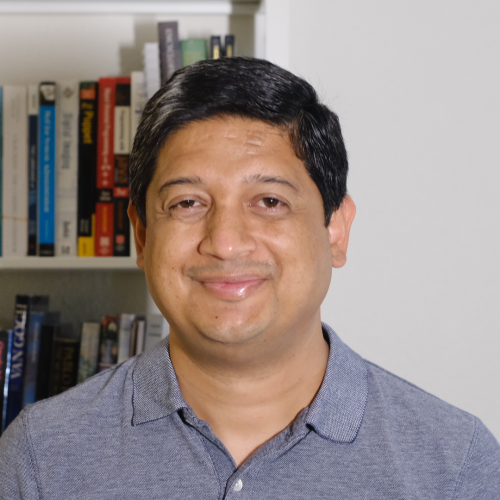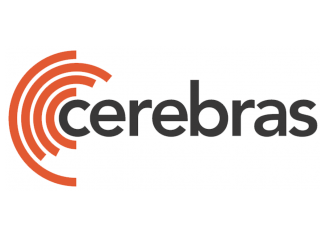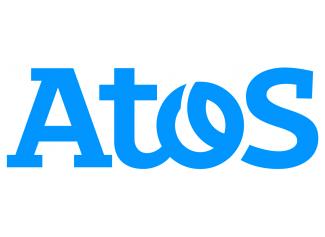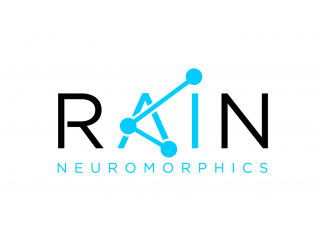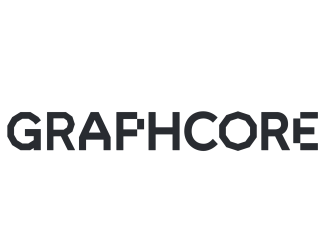Macrotrends in innovation are leveraging both software and chips to create the next round of world-changing products. Unlocking the vast potential offered by this innovation model is daunting however. Systemic complexity across all disciplines from silicon to software must be addressed in a holistic way to achieve success. AI applications change over months while chip design can take years, adding to the challenges. Talent shortages also create headwinds. And as more system companies engage in chip design, these headwinds can have a profound impact on the pace of innovation.
Complex chip and system design must be easier to achieve in less time. Sassine Ghazi will discuss several developing strategies that use AI and machine learning techniques to dramatically reduce design time and design risk, opening the opportunity for substantial increases in the pace of innovation.

Sassine Ghazi
Sassine Ghazi leads and drives strategy for all business units, sales and customer success, strategic alliances, marketing and communications at Synopsys. He joined the company in 1998 as an applications engineer. He then held a series of sales positions with increasing responsibility, culminating in leadership of worldwide strategic accounts. He was then appointed general manager for all digital and custom products, the largest business group in Synopsys. Under his leadership, several innovative solutions were launched in areas such as multi-die systems, AI-assisted design and silicon lifecycle management. He assumed the role of chief operating officer in August, 2020 and was appointed to the role of president in November 2021. Prior to Synopsys he was a design engineer at Intel.
Sassine holds a bachelor’s degree in Business Administration from Lebanese American University; a B.S.E.E from the Georgia Institute of Technology and an M.S.E.E. from the University of Tennessee.
Synopsys
Website: https://www.synopsys.com/
Smart, Secure Everything—From Silicon to Software
Synopsys technology is at the heart of innovations that are changing the way we live and work. The Internet of Things. Autonomous cars. Wearables. Smart medical devices. Secure financial services. Machine learning and computer vision. These breakthroughs are ushering in the era of Smart, Secure Everything―where devices are getting smarter, everything’s connected, and everything must be secure.
Powering this new era of technology are advanced silicon chips, which are made even smarter by the remarkable software that drives them. Synopsys is at the forefront of Smart, Secure Everything with the world’s most advanced tools for silicon chip design, verification, IP integration, and application security testing. Our technology helps customers innovate from Silicon to Software, so they can deliver Smart, Secure Everything.
